Saffron is the exquisite spice derived from the delicate crimson threads of the Crocus sativus flower. Known for its vibrant golden color, distinct aroma, and complex, slightly sweet flavor, saffron is a staple in gourmet cooking and traditional dishes across cultures. Each thread is hand-harvested, making saffron one of the most labor-intensive and costly spices in the world.
Ideal for enhancing both savory and sweet dishes, saffron adds a unique depth to a wide range of recipes, including risottos, paellas, soups, and desserts. Its subtle flavor and striking color make it a cherished ingredient in both modern and classic cuisine. A little goes a long way—just a pinch can transform ordinary dishes into extraordinary culinary experiences.
Our saffron is sourced from the finest producers, ensuring purity and authenticity. Packaged in a secure, airtight container to preserve its potency and freshness, it is the perfect choice for those who appreciate the art of fine cooking.
Here’s a simple guide to make the most of this precious spice:-
-
Prepping Saffron:
- Toasting (Optional): Lightly toast saffron threads in a dry skillet over low heat for a few seconds to enhance their flavor. Be careful not to burn them.
- Soaking: For the best results, soak saffron threads in a small amount of warm water, milk, or broth for 10-15 minutes. This helps to release their color and flavor.
-
In Cooking:
- Adding to Rice or Grains: Stir the saffron-infused liquid directly into your cooking water or broth when preparing rice, risotto, or other grains.
- In Soups and Stews: Add the saffron-soaked liquid to soups, stews, or sauces during the last 20 minutes of cooking to allow the flavors to meld.
- In Baking and Desserts: Incorporate saffron into batters or doughs, or add it to sweet dishes like custards and ice creams.
-
Portioning: Saffron is potent, so use it sparingly. Typically, a pinch (about 10-15 threads) is sufficient for most recipes.
-
Storing: Store saffron in an airtight container in a cool, dark place to maintain its potency and flavor.
By following these steps, you can maximize the flavor and color saffron brings to your culinary creations.
Here are some potential side effects to be aware of:
-
Allergic Reactions:
- Some individuals might experience allergic reactions to saffron, which could include skin rashes, itching, or swelling. If you have known allergies to spices, start with a small amount.
-
Digestive Issues:
- Large quantities of saffron may cause gastrointestinal discomfort, such as nausea, vomiting, or diarrhea. It's best to use saffron in moderation.
-
Pregnancy and Lactation:
- Saffron is generally considered safe in small culinary amounts during pregnancy. However, high doses of saffron could potentially stimulate uterine contractions, which might lead to complications. Consult with a healthcare provider before using saffron in large amounts during pregnancy.
-
Interactions with Medications:
- Saffron might interact with certain medications, including antidepressants and blood thinners. If you are on medication or have a chronic health condition, it's wise to consult with a healthcare provider before using saffron as a supplement.
-
Overuse Risks:
- Extremely high doses of saffron (generally much more than what is used in cooking) can be toxic and may lead to severe symptoms such as dizziness, drowsiness, and even hallucinations. It's crucial to use saffron in recommended amounts to avoid such risks.
Overall, saffron is safe for most people when used as a spice in cooking. If you have specific health concerns or conditions, consulting with a healthcare provider before incorporating saffron into your diet or health regimen is a prudent approach.

22354205.jpg) Wellness
Wellness EYES
EYES Wellness
Wellness ACR
ACR BEST PRODUCT
BEST PRODUCT Hair Oil
Hair Oil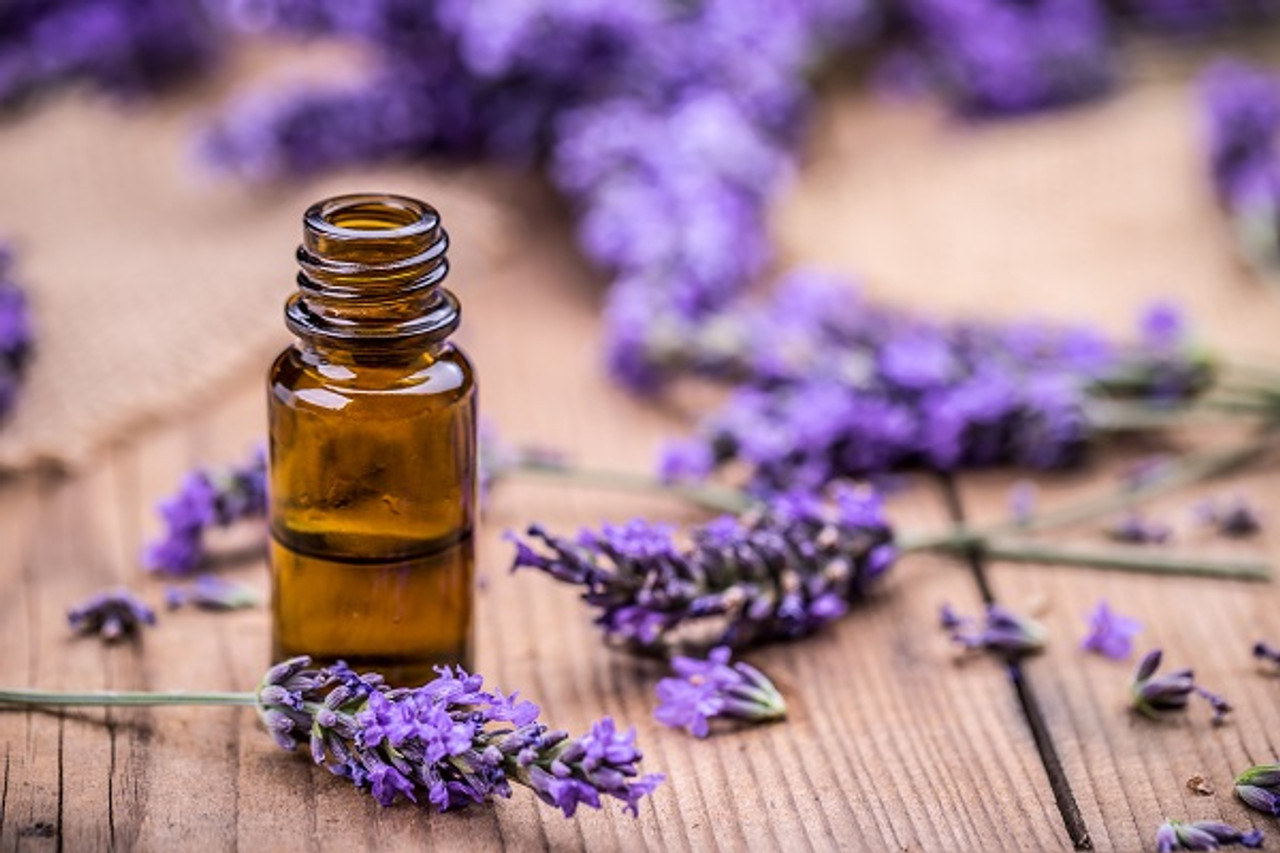 Immunity
Immunity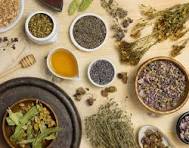 Health Related Issues
Health Related Issues abc
abc Hair Fall
Hair Fall Sensuality
Sensuality Hair oil
Hair oil Hair Growth
Hair Growth NFC
NFC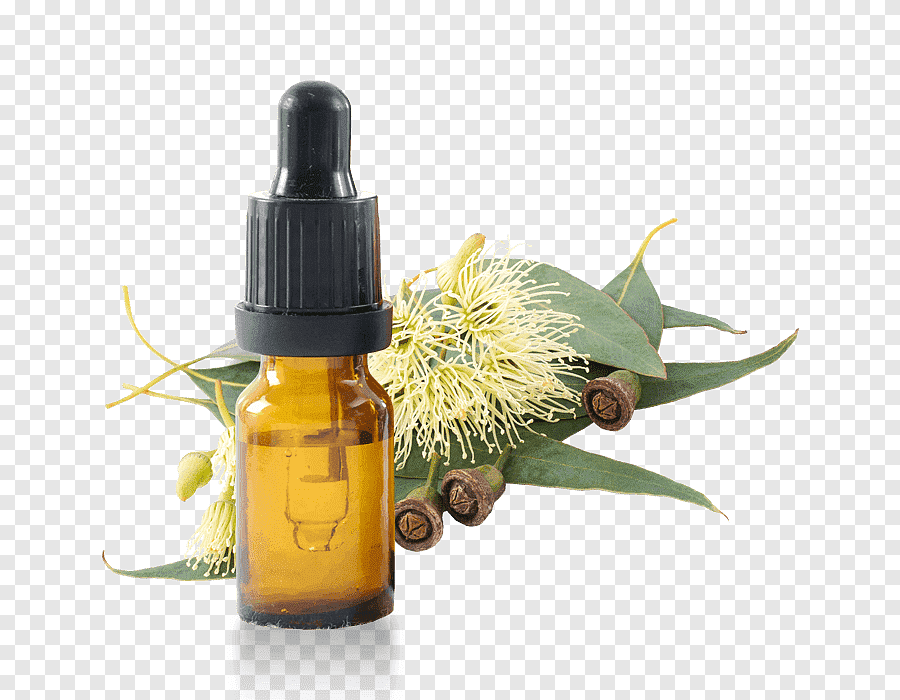 Health Related Issues
Health Related Issues

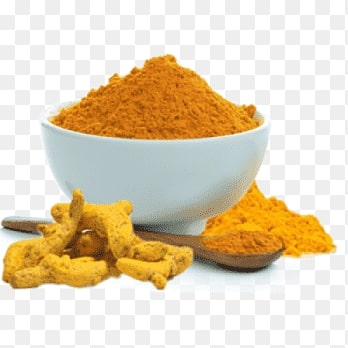
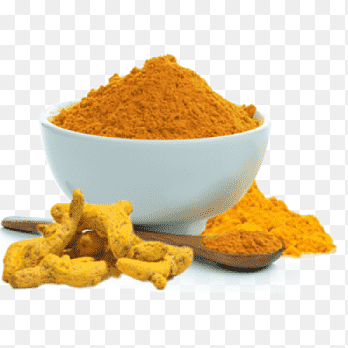
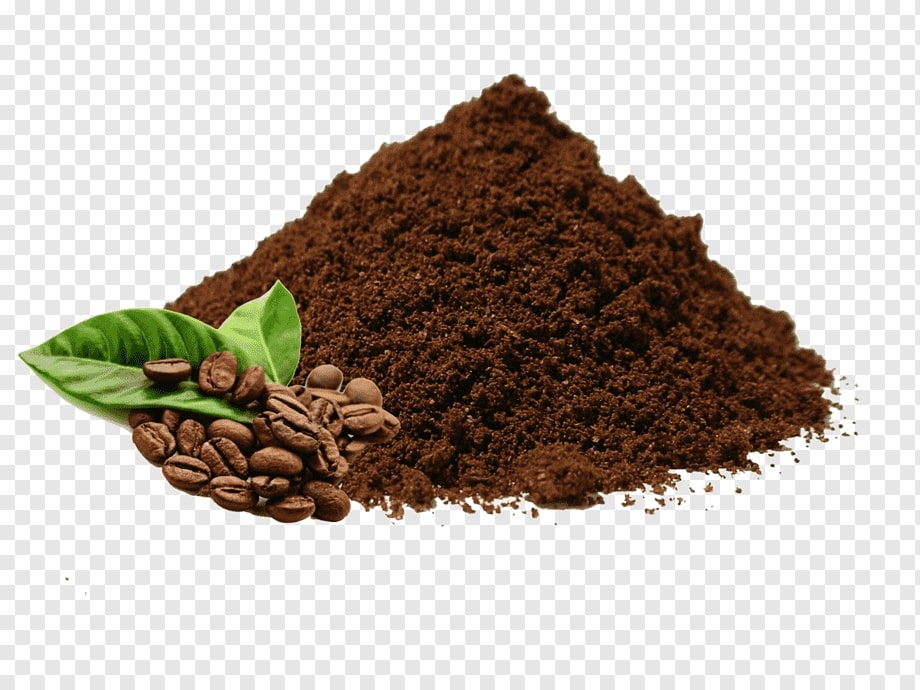
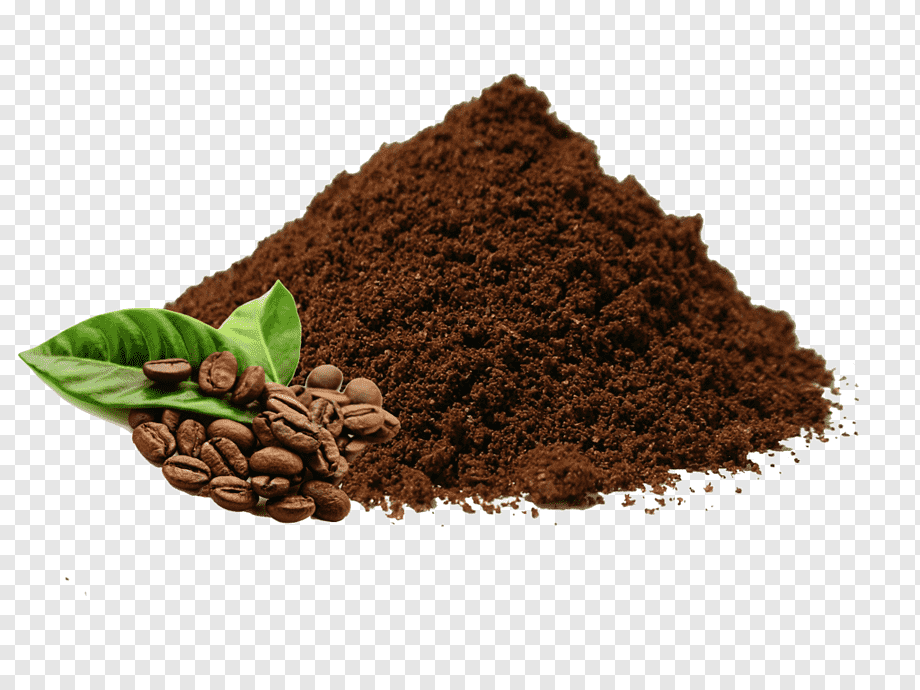
24294620.jpg)

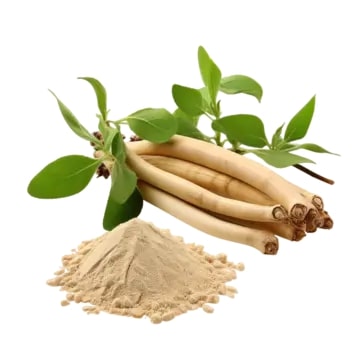

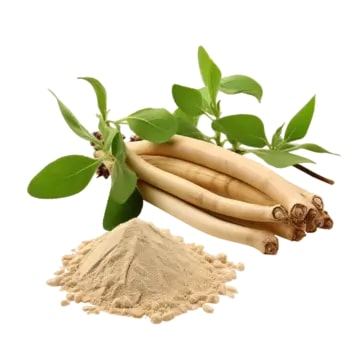
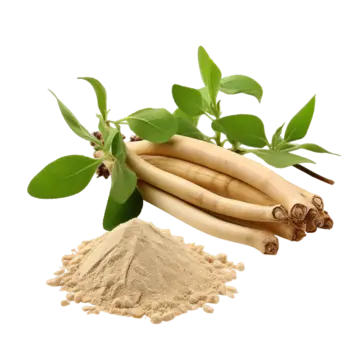

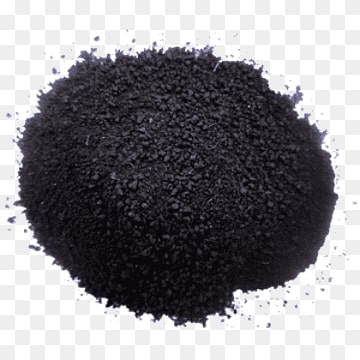
22354205.jpg) Lower
Lower abc
abc wellness
wellness Hair Fall
Hair Fall Skin Care
Skin Care Sensuality
Sensuality Carry
Carry Hair oil
Hair oil Gray to Black
Gray to Black Hair Growth
Hair Growth Sexual Wellness & Sensuality
Sexual Wellness & Sensuality NFC
NFC Lavender
Lavender Health Related Issues
Health Related Issues Natural Herbs
Natural Herbs Immunity
Immunity Joints Pain
Joints Pain Diabetic Issues
Diabetic Issues Skin,Fever,Cancer
Skin,Fever,Cancer Heart Related Issues
Heart Related Issues
Customer questions & answers
Customer reviews
4.8 out of 5